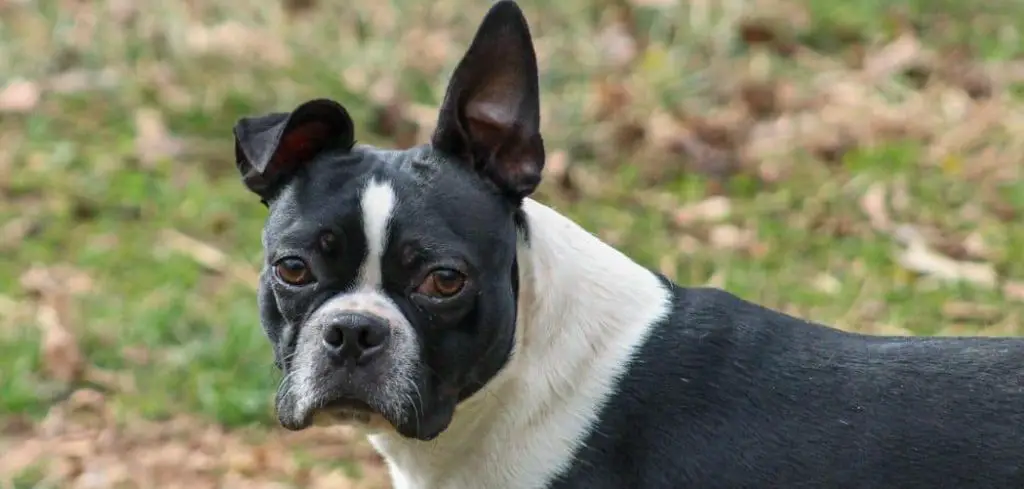When you notice your dog panting heavily and simultaneously eating grass, it can leave you wondering if something is wrong. While each behavior may seem minor on its own, their combination could signal a deeper issue ranging from gastrointestinal discomfort to anxiety or even an underlying illness.
We outline the common causes of dog panting and eating grass, what you can do at home, and when to seek veterinary help.
Table of Contents
Why Is My Dog Panting and Eating Grass — Why It Happens
Dogs may pant and eat grass due to nausea, stress, digestive upset, or a behavioral compulsion. These symptoms are often linked and can reflect a dog’s effort to soothe themselves physically or emotionally.

Common Causes of Dog Panting and Eating Grass
Nausea or Gastrointestinal Upset
Grass eating is a common behavior in dogs who feel nauseous or have an upset stomach. Panting often occurs at the same time due to discomfort or pain.
Dogs may frantically eat grass and then vomit. Panting is typically a sign of distress or internal discomfort.
This combo may appear after a dietary indiscretion, such as eating spoiled food or a sudden change in diet.
Anxiety or Stress
Panting is a classic symptom of anxiety in dogs, and some dogs will chew or eat grass to self-soothe.
Triggers can include loud noises, separation from the owner, or travel anxiety.
Dogs with anxiety might pace, tremble, or display repetitive behaviors like grass eating.
Stressful environments or changes in routine may cause this behavior to suddenly appear.
Read more: Old Dog Panting and Eating Grass (When it’s time to worry)
Acid Reflux or Hunger Pangs
Some dogs will eat grass when their stomach is empty or they have acid buildup.
Panting may occur if the stomach discomfort is severe.
Dogs might vomit bile or foam shortly after eating grass.
Feeding smaller, more frequent meals may help in these cases.
Behavioral Habit
For some dogs, especially those who are easily bored or under-stimulated, grass eating becomes a compulsive or attention-seeking behavior.
Panting in this case may be a sign of overexcitement or physical exertion.
Lack of enrichment or exercise can worsen this pattern.
Look for patterns: Does it occur during walks, playtime, or after being left alone?
Underlying Illness
Certain health conditions can lead to nausea, increased thirst, or anxiety, causing dogs to pant and seek grass.
Pancreatitis, kidney disease, and liver issues can all trigger nausea.
Internal pain may lead to heavy panting.
Dogs may instinctively eat grass to induce vomiting or relieve symptoms.
What to Do If Your Dog Is Panting and Eating Grass
Monitor Closely
Observe how often your dog eats grass and whether it leads to vomiting.
Take note of the timing, such as after meals, during stressful events, or at random.
Check for other symptoms like diarrhea, drooling, lethargy, or changes in appetite.
Make Dietary Adjustments
Feed smaller, more frequent meals if you suspect acid buildup or hunger.
Ensure your dog isn’t eating something toxic or indigestible when outside.
Add fiber or a small amount of canned pumpkin to meals to ease digestion.
Reduce Stress
Use calming aids like pheromone diffusers or anxiety vests.
Create a predictable routine and offer interactive toys or chews.
Address separation anxiety with gradual training and desensitization.
Don’t Punish the Behavior
Punishment can increase anxiety and reinforce the behavior.
Redirect to appropriate activities like chew toys or training games instead.
When to Call or Visit Your Vet
See your vet promptly if your dog:
Vomits frequently after eating grass
Has persistent diarrhea or soft stools
Is panting excessively even when at rest
Shows signs of lethargy, drooling, or pale gums
Eats grass compulsively or appears unable to stop
Your vet may recommend blood work, x-rays, or dietary trials depending on symptoms. In some cases, medications to ease nausea or anxiety may be helpful.
Read more: Dog Panting and Not Eating (What it means)
Key Takeaway
Dog panting and eating grass may be your pup’s way of communicating nausea, stress, or internal discomfort. Though it can occasionally be harmless, repeated episodes warrant a closer look.
Stay calm, document what you observe, and contact your vet if symptoms persist or worsen. Early action can help your dog feel better faster and rule out more serious causes.
